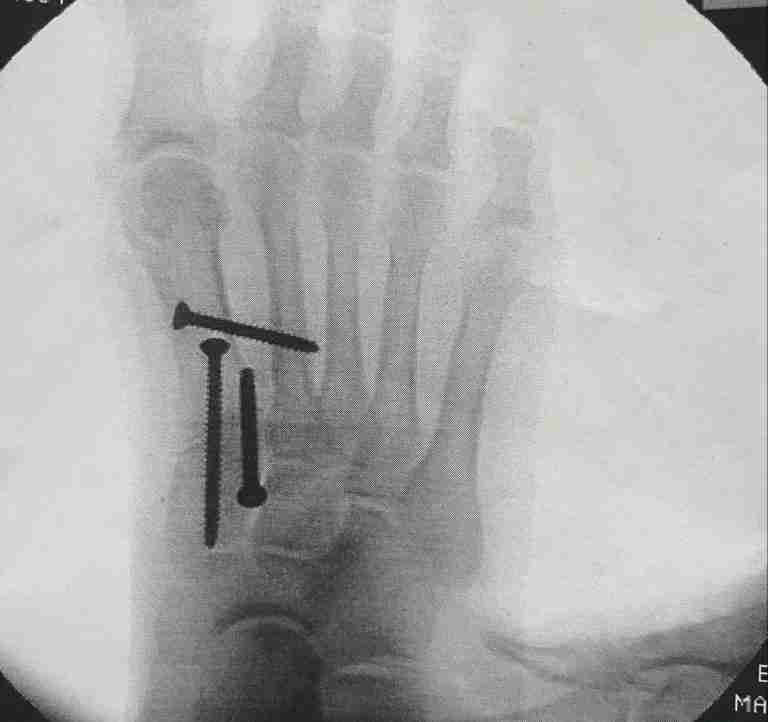The Gal’s Guide to Golfing Vol. 1
Share on facebook
Facebook
Share on twitter
Twitter
Share on linkedin
LinkedIn
Share on pinterest
Pinterest
Share on email
Email

GOLF IS DECEPTIVELY SIMPLE AND ENDLESSLY COMPLICATED; IT SATISFIES THE SOUL AND FRUSTRATES THE INTELLECT. IT IS AT THE SAME TIME REWARDING AND MADDENING – AND IT IS WITHOUT A DOUBT THE GREATEST GAME MANKIND HAS EVER INVENTED.
ARNOLD PALMER
Are you ready to get into the game? If not, you should, it’s challenging but super fun! Ladies, there are many reasons to play golf and I encourage you to golf a go. We have rounded up fundamental golf tips to make it easy to learn how to play golf. Before you learn how to play golf club you must learn the fundamental golf terms, rules and etiquette.
Read why Gals should take a swing at golf here. There are more ladies golfing than ever before!
Therefore, before you start swinging your clubs and hitting stray balls down the fairway, there are some important golf tips that all beginner golfers should know. As a newbie golfer myself, I hope you find the basic golf guide helpful.
GOLF TERMS
GOLF TERMS
Of course, no Beginner’s Guide to Golf would be complete without the important golf terms to memorize:
- Golf Tee—the wooden peg you place your golf ball on at the start of the whole. Also the area in which you first play the ball at the start of the whole (A.K.A. the tee box).
- Fairway—the part of the golf course that leads to the green.
- The green—the soft, plush ground surrounding the hole.
- The rough—the wild area on either side of the fairway. Often filled with trees and long grass.
- Bunker—a sand-filled ditch. Usually surrounds the green.
- Hazard—streams, ponds, bunkers, trees. Anything that comes between you and successfully getting the golf ball in the hole.
- Stroke—the swing made with intent to hit the ball. You keep track of score but counting strokes and remember a miss can still count as a stroke.
- Scoring:
- Ace—a hole in one
- Eagle—2 strokes under par
- Birdie—1 stroke under par (occasionally called a double eagle)
- Par—the standard number of strokes it should take to get the golf ball from the tee to the hole
- Bogey—1 stroke above par
- Double Bogey—2 strokes above par
- Triple Bogey—3 strokes above pa
In golf, players of different skill levels can compete against each other fairly using the United States Golf Association (USGA) handicap system. Handicaps, officially called the “Handicap Index “by the USGA, are used to level the playing field for golfers of different skill levels.
Defining a Handicap Index
A golfer’s Handicap Index allows the golfer to compete with other golfers on a level playing field, regardless of their playing ability. At the end of play, each golfer adds their Handicap Index to their final score.
How To Get A Handicap?
1. Get Swinging!
Get out there and play some golf and keep track of your scores. It’s a wise decision to have between 12 and 20 rounds played for accurate handicapping, but you can figure it with five rounds. Most courses require a minimum of ten rounds.
Your scorecard must be signed by you and one of your playing partners or your scorer. If for example you have played five rounds of golf, you will just use the lowest of your five scores for handicapping purposes. A chart at the PGA Professional website delineates the number of rounds to use for handicapping purposes until you have posted 20 scores.
2. Your Adjusted Score
The USGA has a set of scores for basic handicapping that are part of the overall system. These numbers are the maximum amount that you should score any one-hole of golf. The magic number is 10. That means for every shot you take over ten, you subtract from your final score.
Once the handicap has been established, it can be adjusted accordingly. Instead of using ten, you would now use:
- A handicap of 40 or above the maximum score is 10
- A handicap of 30-39 is a maximum score of 9
- A handicap of 20-29 is a maximum score of 8
- A handicap of 10-19 is a maximum score of 7
- A handicap of 0-9 is a maximum score of double-bogey
Post your adjusted gross scores with the USGA. Usually the golf club you play at regularly will post your scores, so you just need to turn the scorecards in to the appropriate person or at a designated place. Scores may be posted online as well.
Keep teeing off to build your handicap. When you have turned in scores from 10 rounds of 18, the USGA calculates your handicap by considering an average of the lowest 10 adjusted scores out of the last 20 scores posted. Posting scores on a regular basis gives you an up-to-date handicap that truly reflects your current skill level. You must turn in scores from at least three rounds per season in order to keep your handicap in effect.
Keep in mind that if you are planning on competing in golf tournaments, the higher your handicap, the better in some cases.
Golfing Dos:
- Accept that you suck before you start playing, instead try to enjoy the outdoors and or a friend’s company. If you want to enjoy your experience, don’t have any expectations. Remember that all new golfers will not golf well in the beginning.
- Hire a Pro to teach you how to hold the club and drive the ball. Chipping and putting requires lots of instruction so make sure you get proper advice and take the time to practice.
- Bring lots of balls with you when you go out on the course. You will lose balls along the way.
- Golf with people you like, spending time with someone that annoys you is no fun. spending time with the. Always play with people whose company you enjoy.
- Enjoy any good shot because they can be very scarce. The next shot may suck.
- Replace all divots you have created with your club. Use sand the club provides.
- Keep your head down and look at the ball. Don’t look up to see where your ball is going, finish your stroke.
- Stand out of the way of an opponent when they are taking their shot, so as not to distract them.
- Give warning to other golfers of a wayward shot by shouting ‘Fore!’.
- Allow the player who is furthest from the hole to play their shot first.
- Let a group of quicker players to go ahead of your group, so that you don’t continually hold them up.
- Rake the sand after you have played a shot from a bunker.
- Recruit friends to learn with you and make it an event! Find a local Topgolf or celebrate a practice session with a few drinks at the clubhouse bar. Golf is hard. You’ve earned it!
- HAVE FUN! Don’t take the game too seriously
Golfing Don’ts:
- Let your significant other be your instructor, it never ends well.
- Play unnecessarily slowly so as to hold up other players.
- Chit chat while on the tee or green, it’s very distracting, unless you are with friends who are not too serious about golf.
- Take too many practice swings on the tee.
- Walk about the course when others are playing their shot.
- Unnecessarily rush a group of golfers ahead of you (without due reason).
- Hit your ball when another group of players is within range.
- Mark your scorecard on the green while another group is waiting behind you.
- Spend too much time looking for your ball, and don’t pick up any other balls on the course, even if you can’t see anyone. You might ruin someone else’s good round
Check out the beginner instruction videos lesson series: The Will Robins Plan: Beginner Basics.
5 simple steps to a great golf swing
https://https://youtu.be/JG73Jah-O9U
Look for Vol.2 of The Gal’s Guide to Golfing for more golfing basics and tips. Keep swinging the club and let me know how it goes.
Take Away
Hey Friends- Let me know if you decided to give golf a try. If you do, i hope these little golf tips help you get your head around the sport.
Look for Vol II soon for more helpful instruction and tips that have improved my game and stroke.
Have any feedback? Send us an e-mail.
Cheers,







